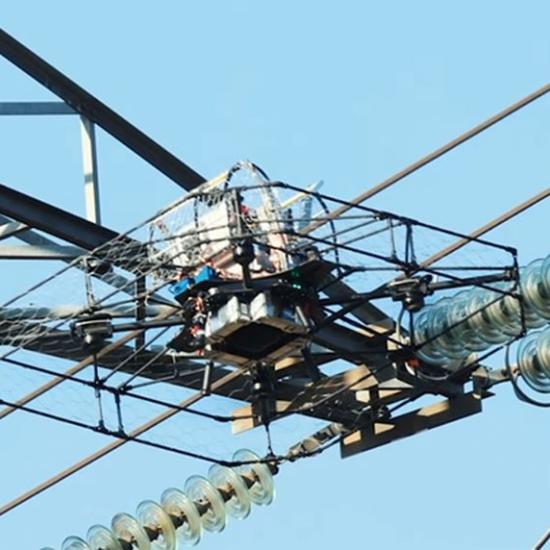Innovative solutions for a cleaner future
Polyester composites have become a staple in various industries, from aerospace to automotive, due to their remarkable strength-to-weight ratio, versatility, and cost-effectiveness. However, the production process of polyester composites is not without its environmental challenges. One significant concern is the emission of styrene, a volatile organic compound (VOC) commonly used in the composite manufacturing process. In this article, we delve into the problem of styrene emissions during polyester composite production and explore potential solutions to mitigate its environmental impact.
Styrene, key ingredient with significant risks
Styrene, a key ingredient in the formulation of unsaturated polyester resins, plays a crucial role in enhancing the mechanical properties of composites. It contributes to the curing process by cross-linking polymer chains, thereby increasing the strength and rigidity of the material. However, the use of styrene comes at a cost. During the composite curing phase, unreacted styrene can be released into the atmosphere, posing potential risks to both human health and the environment.
When released into the atmosphere, styrene can undergo reactions that contribute to the formation of ground-level ozone and smog, which have detrimental effects on respiratory health and ecosystems. Prolonged exposure to styrene has been linked to various health issues, including respiratory irritation, eye and skin irritation, and even potential carcinogenicity. Therefore, finding ways to minimise styrene emissions is crucial for both environmental sustainability and human well-being.
Potential Solutions
Addressing the problem of styrene emissions requires a multi-faceted approach that encompasses technological innovation, process optimisation, and the adoption of alternative materials. Here are some potential solutions:
- Optimisation of ventilation methods: Rethinking airflow management to avoid mixing of contaminated air with clean air, simple spray booth modifications and the addition of enclosures can significantly impact the styrene emissions. A reduction in workplace temperature to minimise evaporation and extended use of personal protection equipment (e.g. air-fed respirators) is a straight-forward, yet highly efficient way to tackle styrene exposure.
- Closed moulding techniques: Traditional open moulding techniques in composite production tend to release more styrene into the environment. Closed moulding processes, such as resin infusion and vacuum-assisted resin transfer moulding (VARTM), are more efficient at trapping styrene emissions, significantly reducing their release.
- Low-styrene and styrene-free resins: Research and development efforts are focused on creating alternative resins that contain reduced levels of styrene or are completely styrene-free. A 1-to-1 replacement resin with the same performance and price does not exist, therefore the application determines which styrene-free resin is most suitable. In the search for the ideal styrene-free resin, it may also be interesting to consider other processing methods as well. For example, ultraviolet radiation is a promising technique that allows for processing without any styrene emissions.
- Emission capture and abatement technologies: Employing emission capture systems, such as scrubbers and filters, can capture and treat styrene emissions before they are released into the atmosphere. This approach prevents the direct dispersion of pollutants and reduces environmental impacts.
- Regulatory compliance and industry standards: Governments and industry organisations play a crucial role in driving change. Strict regulations on styrene emissions can encourage companies to adopt cleaner production methods and invest in research for sustainable alternatives.
Conclusion
The issue of styrene emissions during polyester composite production is a challenge that demands attention and innovation. While styrene plays a vital role in enhancing the mechanical properties of composites, its environmental and health impacts cannot be ignored. By optimising ventilation methods, adopting closed moulding techniques, exploring low-styrene and styrene-free resins, and regulatory compliance, the industry can effectively reduce styrene emissions and pave the way for a cleaner and more sustainable future. As technology and research continue to evolve, the day when styrene emissions are no longer a concern may be closer than we think.
|





